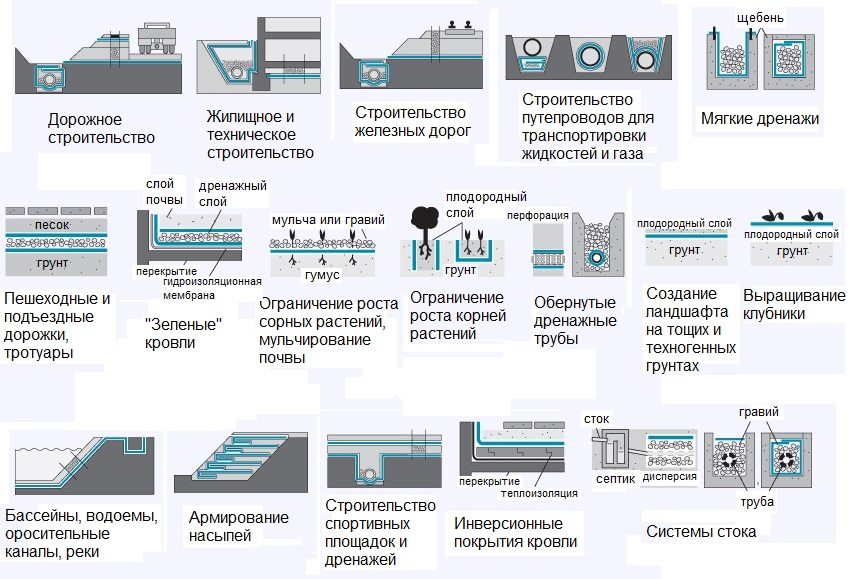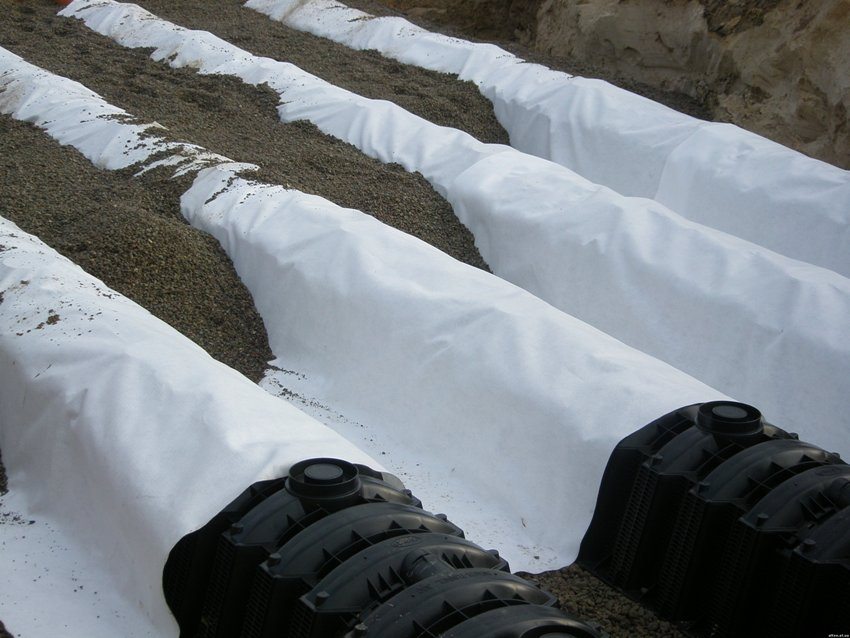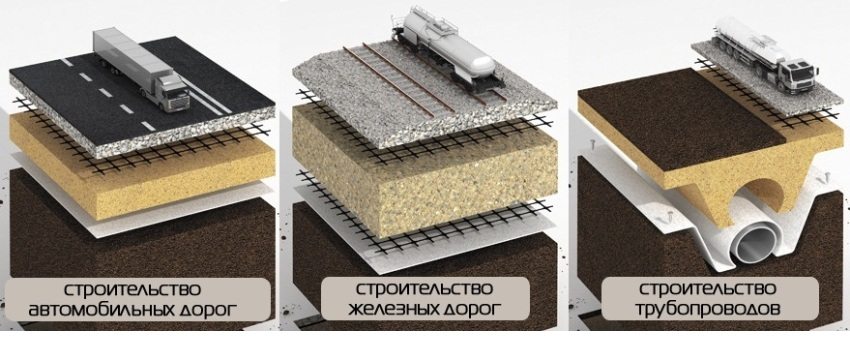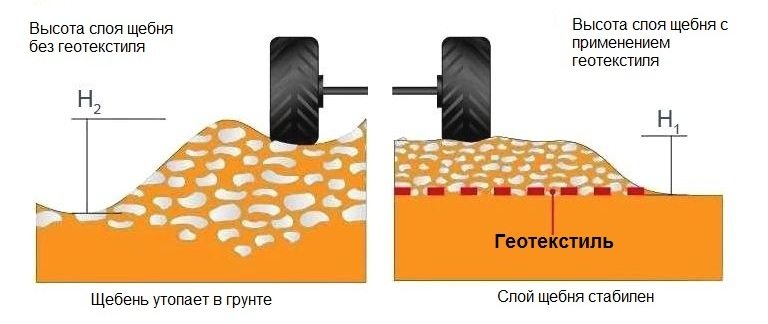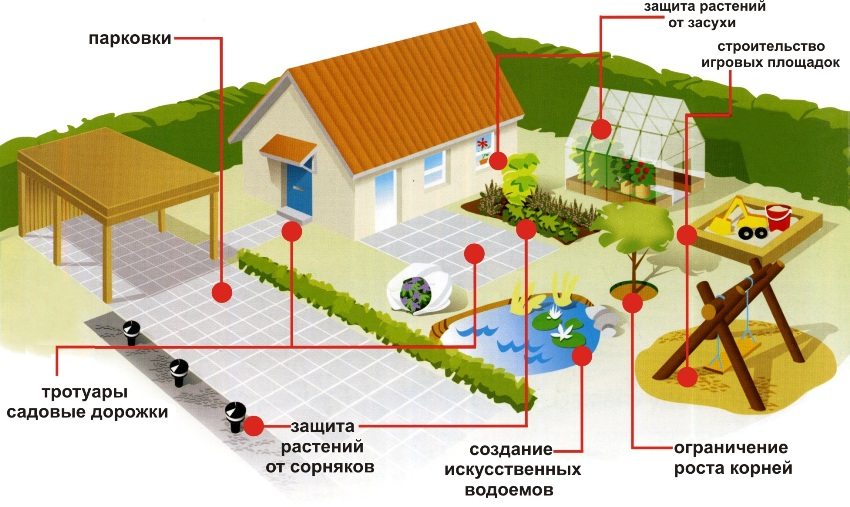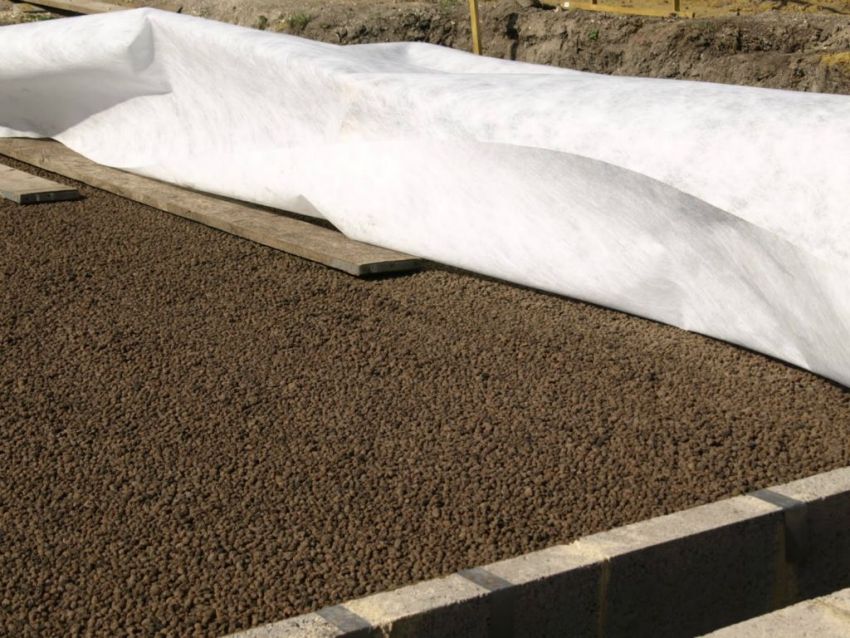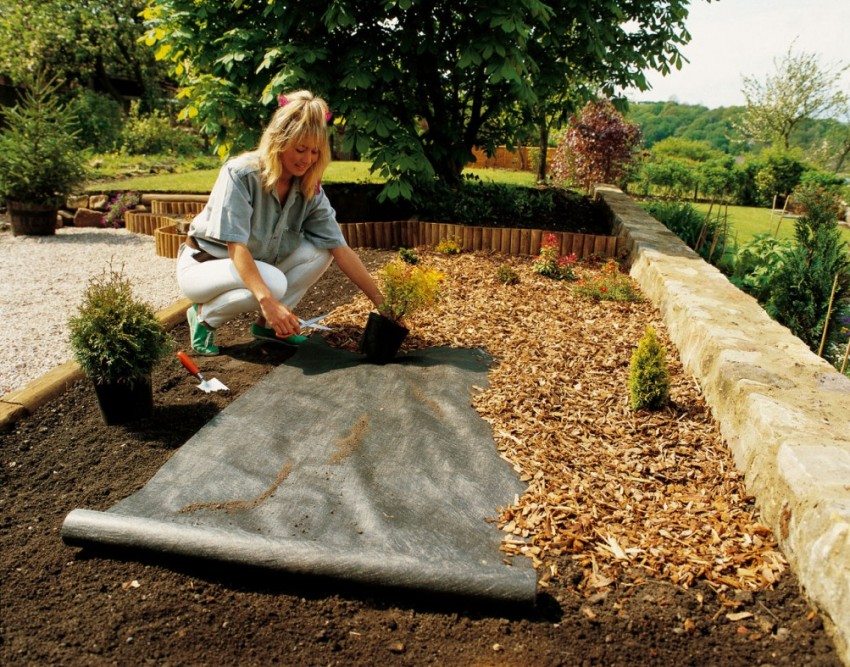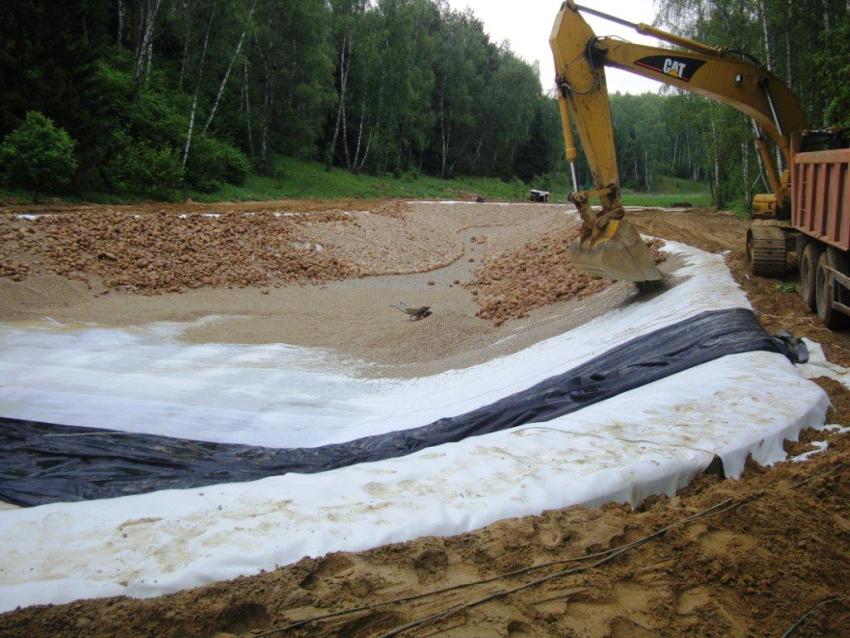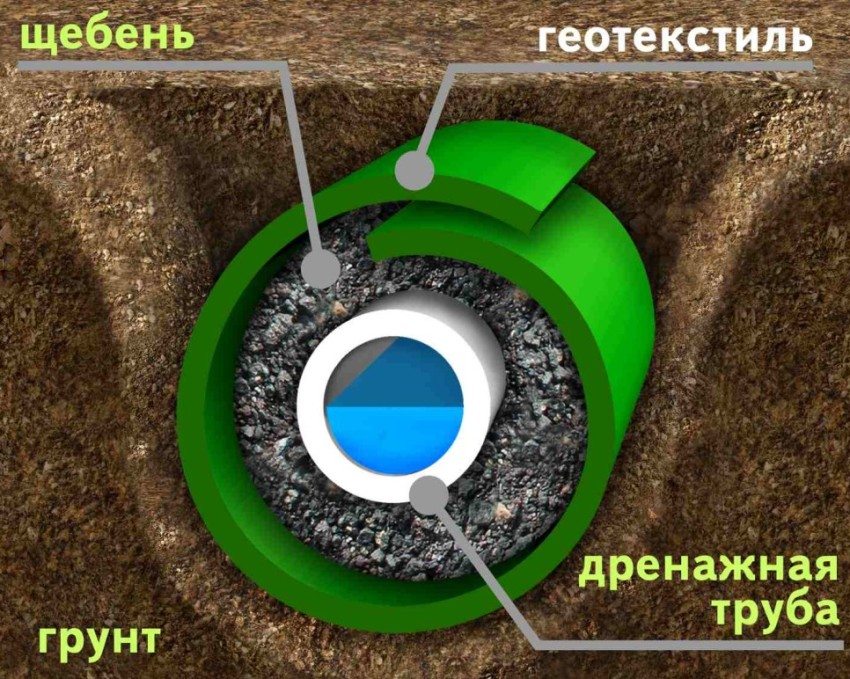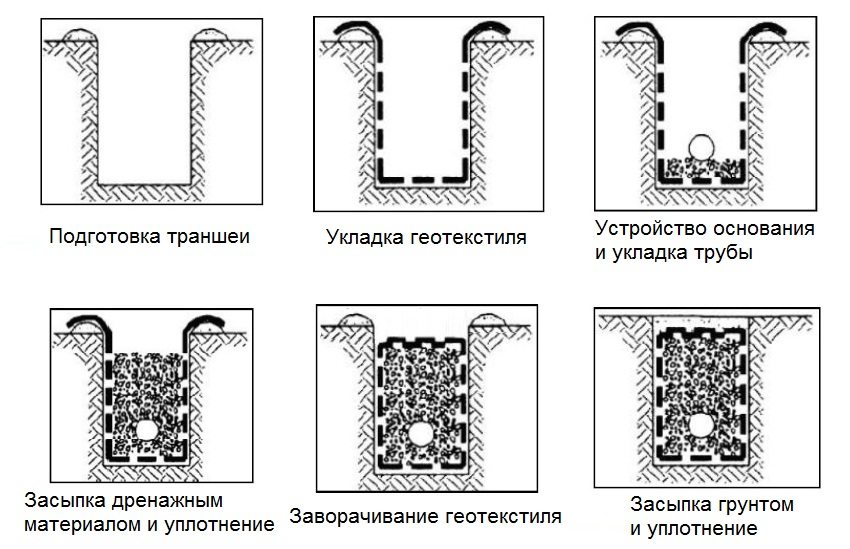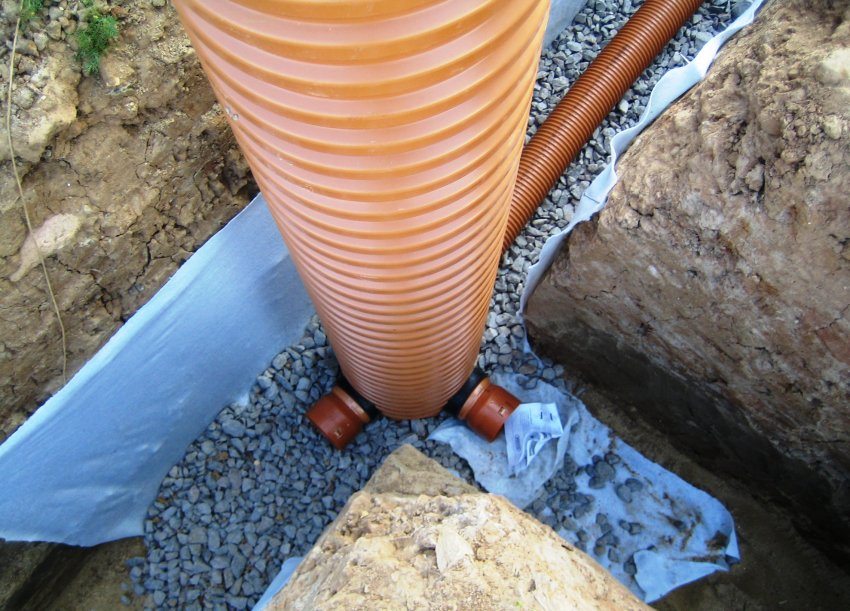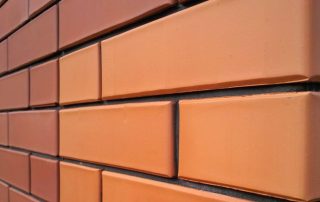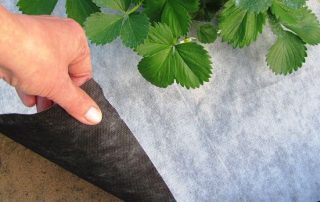Geotextile: what is it and how is it used? This question worries those who have a problem of creating a drainage system in their personal plot. You are very lucky if your summer cottage is well located in a dry place. Otherwise, the construction of a labor-intensive groundwater drainage system cannot be avoided. This is where this mysterious geotextile comes in handy.
Content [Hide]
Geotextile: what it is and how it is used
Initially, geotextiles were developed for use in road construction, but now the area of its effective use has expanded significantly. It can be found in the construction of foundations, roof structures, in the creation drainage, in works on land reclamation, in landscape design and various types of improvement. Although the material looks like a cloth, it is a non-woven product. Do geotextile Made from tightly woven synthetic fibers. For this purpose, polypropylene, polyester, polyesters and polyamides are most often used. A canvas made of this material is able to pass water well, but retains suspended soil particles.
The physical properties of geotextiles are such that they are not subject to temperature changes and can “feel” equally well at –60 and +110 degrees. The strength of the material is such that it cannot be torn even with a force of 600 N for some species. Like any polymer, the material is not subject to natural degradation. In terms of ecology, it is absolutely harmless, so it can be safely used inside the soil cover as a reinforcing, filtering or drainage layer. The most famous in the field of drainage systems is the drainage pipe 110 in a geotextile filter.
Use in road construction
When the question arises of what geotextile is and how it is used, the image of a highway under construction immediately arises. The fact is that the peculiarities of the structure of this material do not allow mixing of various layers of the base of gravel and sand. This increases the reliability of the cushion under the asphalt. In addition, with sufficient rigidity, this polymer fiber is able to evenly distribute the load from moving vehicles.
The ability of the web to filter out solid particles makes it possible, when using it, to avoid premature washing out of sand, gravel and cement from the roadbed. This prevents the formation of potholes and sinkholes, which extends the service life of the road by one and a half times, increasing the economic profitability of construction.
Use in the arrangement of a summer cottage
When forming a summer cottage and constructing various water bodies on it, the use of geotextiles can be very much in demand. Ponds, pools and other hydraulic structures require an effective drainage system. Retaining finely dispersed dirt, but perfectly allowing water to pass through, the geotextile sheet is designed to protect the waterproofing film from various mechanical damages.
Useful advice!Knowing what geotextile is and how this material is used in practice, you can apply it to suppress excess plant growth. To do this, cover those parts of the coastal zone of the reservoir with a canvas where landscaping is impractical.
Application in housing construction
The so-called inversion roofs involve greening them. To protect the insulation from soil particles, the geotextile fabric is placed on the waterproofing layer between the soil layer and the drainage layer so that they do not mix. In this case, the green roof will work very efficiently and for a long time. The most dense geofiber is often used to reinforce the base for applying bitumen on a soft roof.
When creating an insulating layer in the expanded clay floor, using this material, it is possible to prevent the contamination of granules with a concrete solution. In this case, the web layer serves to strengthen the screed. Geotextiles strengthen sedimentation tanks, strengthen the banks of dams and embankments, it can be found in the drainage system of basements. If you don't want the trees in your garden to be destroyed by their roots track, use geotextiles.
What is geotextile and how it is used, we figured it out. Now let's take a closer look at what types of geotextiles exist.
The main types of geotextiles
Most often, geotextiles are usually subdivided into types, based on the method of its manufacture:
- Non-woven, which can be cured or thermally bonded. Simple non-woven geotextiles are very elastic, therefore they can stretch quite strongly. It is recommended for use in light traffic areas such as garden paths. The heat-set type of this material, when heated and rolled through rollers, significantly strengthened. It is the thinnest of all types, but it has the lowest water carrying capacity. Thermally bonded nonwoven geotextile is made from a molten mass of fibers. Therefore, it is the strongest and most resilient, while maintaining excellent filtration properties.
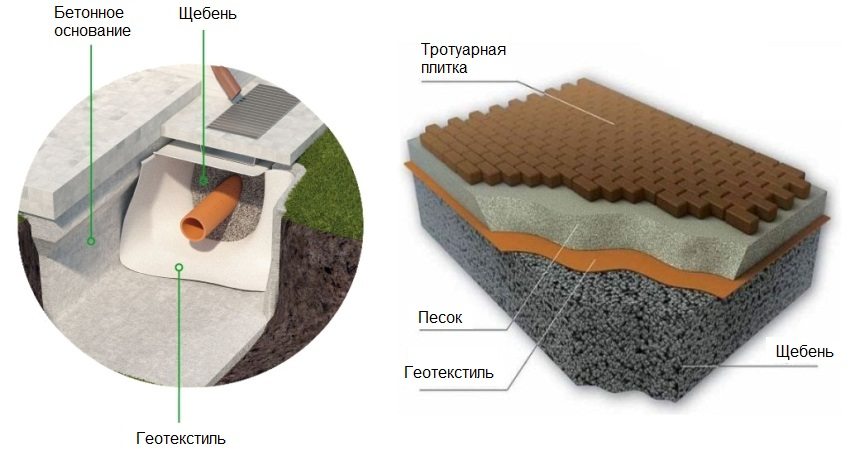
Non-woven geotextile suitable for drainage and styling paving slabs
- A woven type of geotextile is made by bonding fibers together. This makes it very tear-resistant. In addition, the weave may vary in density. This circumstance favors the frequent use of this material in landscape design.
- Knitted geotextiles are created by tying threads together in loops, which does not contribute to tensile strength. Plus he has one - low cost.
The entire available range of geotextiles has a thickness of 1 to 3 mm and is sold in rolls. Length is 100 - 350 m. Width varies from 1.6 to 6 m. Such an important indicator as density is 80 - 600 g / m2... This indicator is decisive in deciding how to choose a geotextile for drainage.Indeed, for this purpose, only canvases with a density of 150-200 g / m are suitable.2.
How to choose a geotextile for drainage
If everything is so unambiguous with the density, then what about the other parameters. It is clear that the use of a canvas with natural fibers for drainage systems is unacceptable. Which geotextile to choose determines the material from which the drainage system is arranged. Experts believe that thermally bonded geotextiles are best suited for gravel mix. The system of geocomposite mats allows you to safely use needle-punched fabric related to non-woven types.
Useful advice! In drainage trenches, it is best to lay 110 drainage pipes in a geotextile filter. It will provide the most efficient filtration and drainage of groundwater from the site.
For the correct choice of geofabric, you need to know the properties of the soil in your area. It depends on what density is right for you. After that, we decide what material the drainage will be made of. Depending on the decision made, we select the type of material according to the manufacturing method.
The final choice must be made in the store itself, where you will be provided with several options that suit you. You will need to take into account the popularity of the manufacturer and its reputation, as well as the popularity of the brand.
It is necessary to carefully weigh all the data before finally choosing a geotextile for drainage. how this is done, it was already stated earlier. The main thing is to take into account several nuances when laying the canvas itself.
Nuances to consider when laying geotextiles for drainage works
Any drainage system can only work correctly if the following important rules are followed:
- You need to arrange drainage with a slope.
- It is necessary to close the drainage system with a geotextile with an overlap of 100 mm, and on difficult soils up to 500 mm.
- After the end of the wrapping, the edges of the canvas must be stitched or welded.
- A sand layer is placed on top of the geotextile until it is backfilled with soil.
Useful advice! The drainage system arranged in waterlogged soil is not always able to cope with the load. In this case, it is recommended to lay drainage pipes in a geotextile filter as drainage.
The use of a material such as geotextile in drainage systems can greatly save crushed stone. It will be less subject to soil clogging and retain its drainage qualities. Perforated pipes wrapped in linen will not clog. The soil will harden without harm to itself. All this is real with the right choice of web density.

